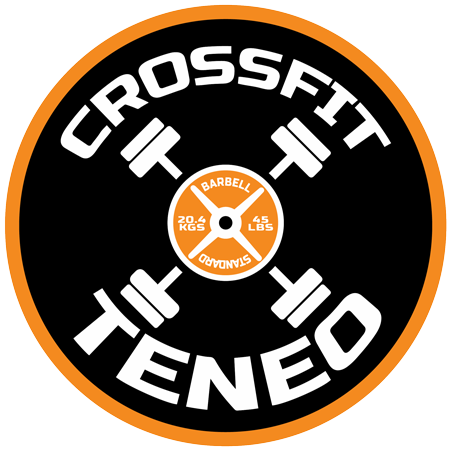In the 2002 publication “What is Fitness” CrossFit suggested a theoretical hierarchy for the development of an athlete. This hierarchy starts with nutrition and moves to metabolic conditioning, gymnastics, weightlifting, and finally, sport. Our progression largely reflects foundational dependence, skill, and, to some degree, a general theory of development.

Nutrition is the foundation of the pyramid. The quality and constituent elements of an athlete’s diet influence metabolism and therefore the molecular foundations of muscle, bone, and the nervous system. For this reason, any training system that does not consider and duly correct an athlete’s diet will be suboptimal. Long-term training depends upon a solid base of nutritional support.
The second level of the pyramid relates to cardiovascular sufficiency. Without effective metabolic conditioning, an athlete will fatigue prematurely. As a result, the athlete’s strength and coordination will not reach their full potential, and further development can become blunted. A baseline of cardiovascular capacity must be present for success in most sports and other physical activities.
Moving up the pyramid, the third level — gymnastics — focuses on an athlete’s spatial awareness and body control. Before attempting to control an external object (barbell, ball, opponent, etc.), an athlete should first possess the strength, flexibility, coordination, balance, and agility to move his or her own body through many different body positions and movement combinations with sound mechanics and confidence.
The fourth level considers the control of external objects — e.g., weightlifting and throwing. The capacities built at the metabolic conditioning and gymnastics levels can next be applied to an object beyond the confines of the athlete’s own body. Controlling external objects often relies on gross motor patterns that act as gateways for transferring power from the core of the body to the extremities. Once mastered, this skill can be refined for the nuanced and specific patterns necessary for individual sports.
With this foundation developed, the athlete can then safely and easily focus general physical preparedness on the specialized tasks required of specific sports. The novel requirements of sport — new body positions and movement patterns, dynamic control of external objects, fatigue, and other physical and psychological stressors — further serve to refine the athlete’s skill set and general capacity. For this reason, athletes are encouraged to regularly learn and play new sports.
While we may not deliberately order these components, nature often will.
Despite the theoretical limitations of this model, it is a highly useful tool for analyzing athletes’ weaknesses. An athlete with a deficiency at any level of the pyramid will eventually find the components located above this deficiency will suffer in turn. If an athlete is struggling with a skill or movement or has hit a plateau in sport or training, this hierarchical model can be used to investigate and determine where the athlete might be deficient in one of the foundational components of athletic development. From there, an athlete can troubleshoot and continue to improve in terms of both capacity and performance.
“What is Fitness”:

